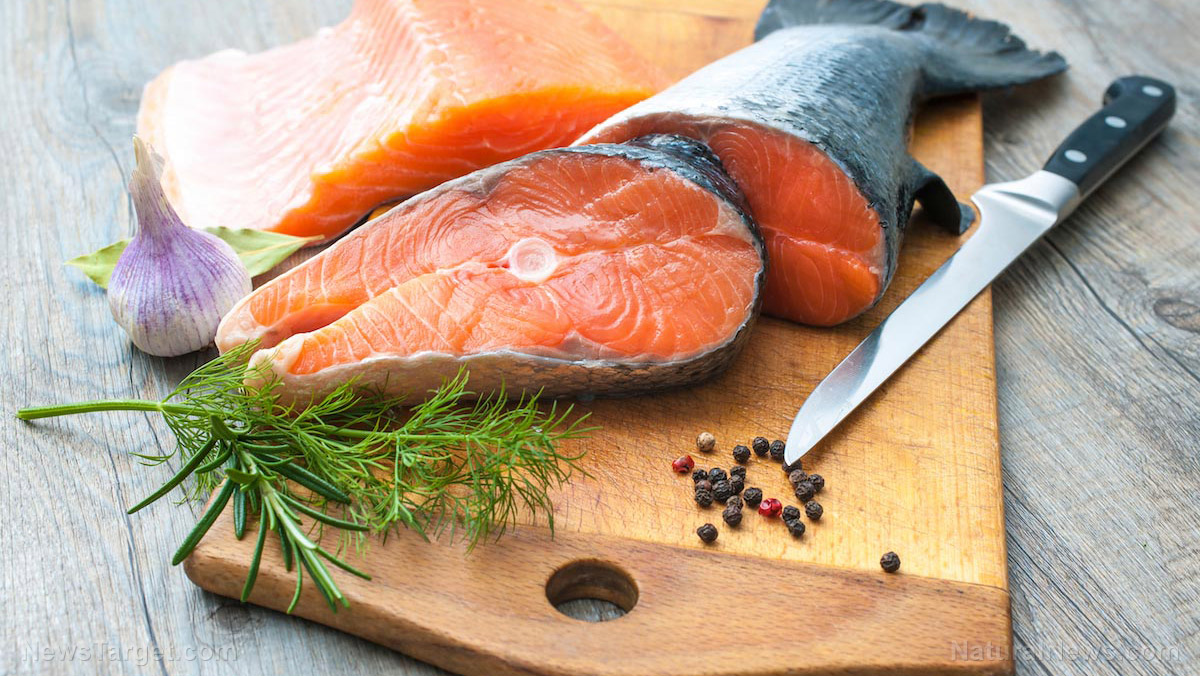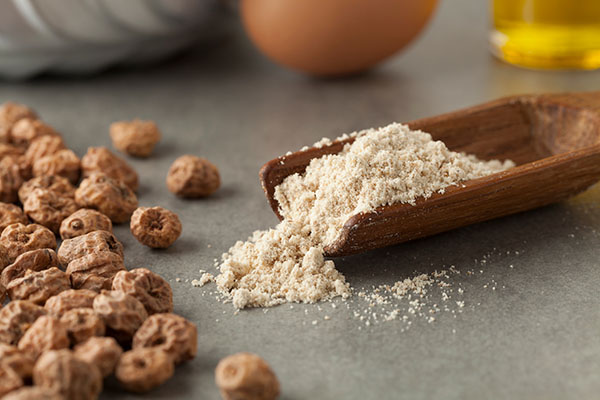
Advertisement
Those who wish to lower their risks of developing diseases such as cancer, cardiovascular disease and diabetes may find it beneficial to embrace eating habits patterned after Mediterranean- or Nordic-style diets.
This is according to a report by the World Health Organization (WHO) which found that both diets helped to reduce cases of chronic illnesses, such as heart disease, stroke, diabetes and some cancers in countries that actively promoted them.
“Both of these diets are really good in terms of impact on health. That is not in doubt,” said co-author Joa?o Breda, an official from the WHO’s European office for prevention and control of noncommunicable diseases.
Breda said that they conducted the study to check whether countries were using existing data on both Mediterranean and Nordic-style diets to inform healthy eating policies in their cities.
Countries such as Ireland, Spain and Greece promoted the benefits of the Mediterranean-style diet, while Norway, Sweden, Finland and Iceland recommended the adoption of a Nordic-style diet in order to attain optimal health and overall wellness.
Breda noted that governments need to do more in terms of promoting good diets, especially since there are now epidemics of unhealthy eating and obesity in many areas around the world.
“We are not recommending any particular diet, but when countries think about the improvements they want to make, they might be inspired by these diets. If you adopt them, you save the health system money. There are lots of advantages,” Breda said.
What is the Mediterranean Diet?
Touted as one of the healthiest eating patterns that one can adopt, the Mediterranean diet is based on the traditional cuisine of countries bordering the Mediterranean Sea.
Because it is patterned after the eating habits of a diverse set of cultures, there is no single definition of the Mediterranean diet. But experts agree that it is one that is typically high in organic vegetables, fresh fruits, whole grains, beans, nuts and seeds, wild-caught fatty fish and olive oil.
Mainly because of its healthy, wholesome nature, the Mediterranean Diet has been recommended in the Dietary Guidelines for Americans as a diet that promotes health and helps prevent chronic disease.
Aside from that, the Mediterranean diet is also considered to be an “intangible cultural asset” by the United National Educational, Scientific and Cultural Organization (UNESCO).
Want to get started with the Mediterranean Diet? Here are some tips:
- Eat vegetables, fruits, whole grains and healthy fats on the daily
- Limit your protein intake to weekly servings of wild-caught fatty fish, free-range poultry, and organic beans and eggs
- Try to limit your dairy consumption to Greek yogurt, kefir and cheeses
- Avoid eating any red meat, if possible
Drink red wine — but only in moderation!
Aside from having to switch out some items in their food habits, those who are planning to adopt the Mediterranean Diet must also make an effort to engage in moderate physical activities in order to ensure their overall wellness.
What is the Nordic Diet?
In many ways, the Nordic diet is similar to its Mediterranean counterpart, in the sense that it also focuses on increased consumption of vegetables, berries, legumes, whole grains and fatty fish.
Unlike the Mediterranean Diet, however, the Nordic Diet is relatively new, as it was only created back in 2004 by a group of nutritionists, scientists, and chefs to address growing obesity rates and unsustainable farming practices in Norway, Denmark, Sweden, Finland and Iceland.
According to experts, following the Nordic Diet can help improve the blood lipid profile and insulin sensitivity of hypercholesterolemic subjects, as well as trigger reductions in their blood pressure and body weight.
Aside from helping people achieve optimal wellness, the Nordic Diet is also considered to be good for the environment, as it emphasizes the consumption of foods that are locally sourced and sustainably farmed.
Here’s how you can get started on the Nordic Diet:
- Get your carbohydrate fix from organic whole grains such as rye, barley, and oats.
- Vegetables should make up a large chunk of your diet. Focus on dark green leafy vegetables, as well as root veg such as carrots and potatoes.
- Berries and other fruits should also make up a large part of the diet, since these deliver vitamins and antioxidants into the body.
- Much like the Mediterranean Diet, fatty fish such as wild-caught salmon, mackerel and herring are important to the Nordic Diet as these provide protein and Omega-3 fatty acids.
In addition, you must also back on milk fats such as butter and cream, as well as watch your sugar and salt intake, should you decide to follow this particular diet.
With that said, here are some recipes that you can create, all of which are aligned with the principles behind the Mediterranean and Nordic Diets:
Sicilian-Inspired Blood Orange Salad
This light, refreshing salad brings a taste of Sicily to your table.
Ingredients:
- 3 organic oranges, cut into segments
- 6 organic blood oranges, cut into segments
- 1/4 large organic red onion, cut as thinly as possible
- 1 medium-sized bulb, organic fennel, quartered and sliced into thin strips
- 1 bunch, organic mint, julienned and a few leaves torn
- 1/4 cup sheep’s milk feta cheese
- 1/4 cup red wine vinegar
- 1/4 cup extra-virgin olive oil
- 1 tablespoon organic cumin seeds
- 1/3 cup organic pistachios, toasted then lightly crushed
- Salt and pepper to taste
Preparation:
- Place all of the citrus segments, onions and fennel in a large salad bowl. Set aside.
- In a small skillet, heat the olive oil on a medium-high flame. When the oil starts to shimmer, add the cumin seeds and cook until the cumin seeds pop and release their fragrance. Add the vinegar to the pan and swirl to mix. Season with salt and pepper to taste then set aside to cool.
- Once cooled, pour the dressing all over the citrus-onion-fennel salad. Mix in the pistachios and feta cheese. Toss with salad forks to coat all ingredients evenly with the dressing.
- Before serving, add mint and pistachios to the tops of each portion.
- Serve and enjoy!
Scandinavian Sweet Potato Pie
Though it may seem indulgent, this delicious holiday dessert is actually quite nutritious. It’s low sugar, dairy-free, gluten-free, and rich in plant-based ingredients. In addition, you can prepare it well ahead of time, freeze it and then thaw it out for that special occasion.
Ingredients:
- 2 medium sweet potatoes
- 3/4 cup old-fashioned rolled oats
- 2/3 cup almond flour
- 2 tablespoons dairy-free olive oil spread
- 1 1/2 tablespoons brown sugar
- 1/4 teaspoon salt
- 2 large eggs
- 2 ripe bananas
- 1/2 cup oat milk OR any dairy-free milk beverage of choice
- 1 tablespoon honey OR pure maple syrup
- 1 teaspoon baking powder
- 1 teaspoon vanilla extract
- 3/4 teaspoon ground cardamom
- Finely chopped pecans, almonds or walnuts
Preparation:
- Preheat the oven to 350°Fahrenheit.
- Grease a 9-inch pie plate while waiting for the oven to come to temperature.
- Once the oven is ready, place the potatoes on a rimmed baking pan and bake for 1 hour or until tender. Let cool.
- Once the sweet potatoes are cool to the touch, remove their skins and coarsely chop their flesh. Set the chopped sweet potatoes aside.
- Pulse the oats, flour, olive oil spread, sugar and salt in a food processor until small crumbs form. Dump the oat mixture into the prepared pie plate and press evenly on the plate’s surface and sides.
- Purée the eggs, 1 banana, oat milk, honey, baking powder, vanilla extract, cardamom and chopped sweet potatoes in a food processor until smooth. Scrape the mixture into your prepared crust, making sure that the filling is even and that the surface is level.
- Bake the pie for 20 minutes or until a knife inserted 1 inch from the edge of the pie comes out clean and the center is almost set.
- Take the pan out of the oven and let it cool on a wire rack.
- Slice the remaining banana into thin rounds. Top the pie with the sliced banana and chopped nuts.
- Cover and refrigerate the pie until ready to serve.
- Before serving, cut the pie into 12 slices.
- Serve and enjoy!
When it comes to adopting healthier lifestyles, one of the best — and easiest — things that one can do is to weed out the unhealthy parts of one’s diet and replace them with more healthful ones.
Just take a look at the Mediterranean and Nordic Diets, two eating patterns that put emphasis on the importance of eating clean, whole foods that have both been linked to several impressive health benefits.
Sources:
Advertisements







